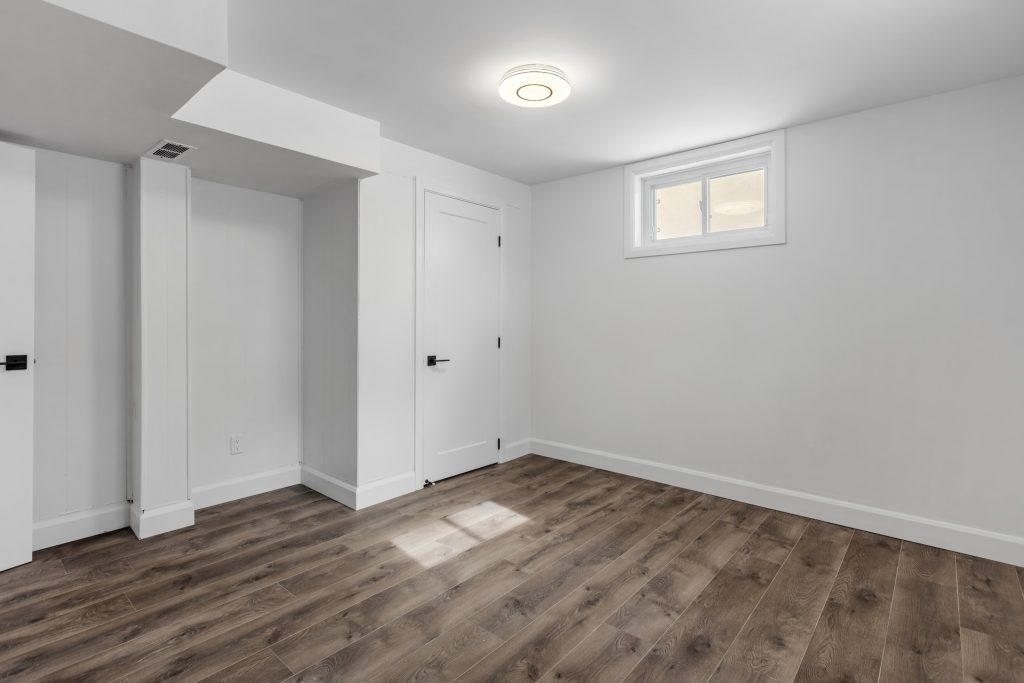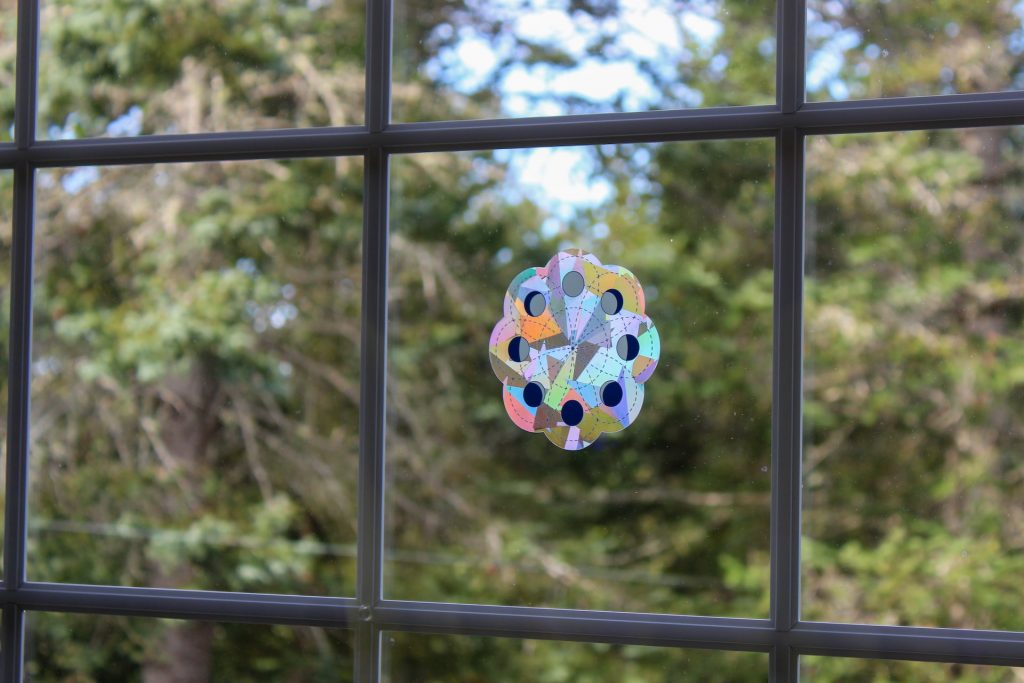
Keeping your business up and running means ensuring a steady stream of customers and clients. However, as your business begins to age, it will lose some of its appeal. You may gain more word-of-mouth success, but fewer people will want to walk in off the street if your building is looking worn out. One of the most noticeable types of building decay is the windows. Your windows show a view of your interior as well as anything on display. So, here are a few reasons to replace old commercial windows in your Toronto business.
Dirty Windows Ruin Your Image
When people look at your shop, the first things they’ll see are the windows – and what’s behind them. If your windows are old and dirty-looking, they’ll ruin your image – literally! The picture they’ll see of your store will be one overlaid with dirty glass, tarnishing the entire visual.
Some dirty windows can be solved with a bit of soap and water. However, old windows can begin to accumulate filth that isn’t so easily removed. Small scratches will gather dirt and impact the coloration of the glass. However, these tiny scratches aren’t so easily cleaned out. Glass is meant to be smooth and hard, which is what makes it so easy to clean. The introduction of scratches takes down the cleanability level substantially. So, what does that mean? Well, it means that at some point, your glass will get so old and beat up that it won’t be possible to get it back to that like-new cleanliness.
Cracks Reduce Insulation
Another great reason to replace old commercial windows is cracking, no matter how minor. Modern windows are made with two panes. The space between them is filled with a heavy, transparent gas that insulates your window. Your building relies on this gas to stay warm in the winter and cool in the summer. Therefore, if you get a crack, it poses a huge problem. That crack is the perfect place for your window’s insulating gas to escape.
Over time, the insulating gas in your window can leak out entirely through one little crack. Without that insulation, your building is going to have to work much harder to regulate its temperature. If your electric bill has gone up substantially since your window broke, you no longer have to wonder why.
Sticky Residue Ages Your Building
If your store is popular with the locals, you may find its a hub for activity. In fact, if it’s the kind of business you strive to run, you may even encourage it. Being at the center of everyone’s daily life is fantastic for business. However, it’s not so fantastic for your windows. That’s because being at the center of everyday life means a lot of things being taped to your windows. From sales signs to event notices, lost dog posters to help wanted ads, eventually that tape residue is going to build up. And, with that, the exterior store appearance is going to go down.
Replace Old Commercial Windows
If you need to replace old commercial windows in your Toronto business, Aluplex is the place to call. We’re happy to help, from order to installation. We look forward to hearing from you.







